Numerous improvements have been made in hurricane forecasting over the past few decades but it seems that we are still unable to say why some hurricanes are so extreme. In recent years, North America has certainly witnessed the most catastrophic storms, some of which caused billions of dollars in damage and took the lives of many people.
However, these same storms can uncover quite spectacular pieces of American history. In 2016, El Niño storms revealed more of the remains of the SS Monte Carlo than have been seen for years. It is a notorious gambling and prostitution ship, stuck off the coast of Coronado, California, after being destroyed by a storm in 1937.
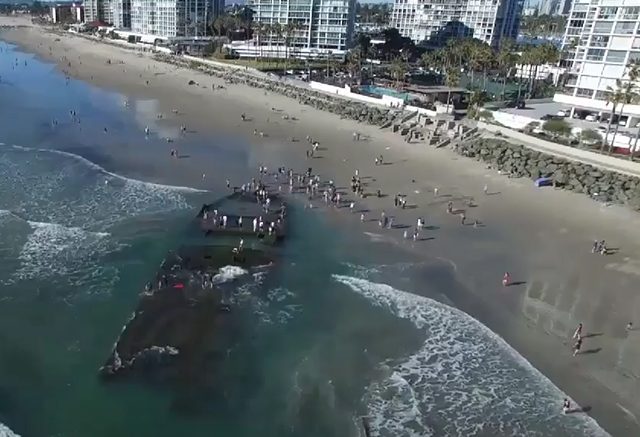
Owned by mobsters, the ship sank 80 years ago, on New Year’s Day, and was left to rot on South Coronado Beach. Parts of the wreckage could be spotted from time to time during strong tides, but then El Nino made it clearly visible again.
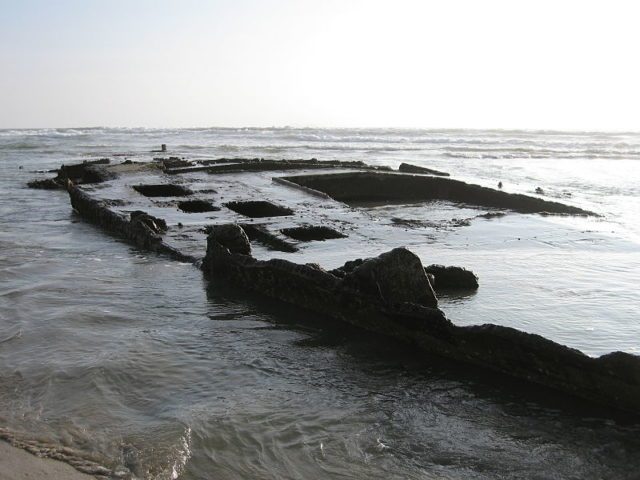
The history of the 300-foot-long SS Monte Carlo can be traced back to 1921 when it was built at Wilmington, North Carolina. Originally named SS McKittrick, the boat was among the dozen concrete and iron ships built during and after World War I.
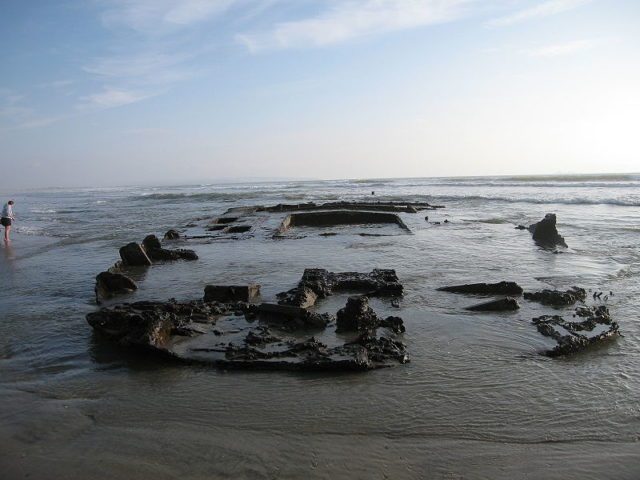
The shortages of steel in the United States during World War I was the main reason why President Woodrow Wilson approved the construction of concrete ships. Launched in 1921, Monte Carlo was used by the U.S. Quartermaster Corps until 1923, when it was purchased by the Associated Oil Company of San Francisco and ended up being sold to Ed Turner and Martin Schouwiler in the early 1930s. The mobsters wanted the vessel to transform it into a “sin ship” during Prohibition.
It can be said that Prohibition practically created organized crime in America but, on the other hand, the repeal of Prohibition in 1933 didn’t mean that organized crime was about to end. At the beginning of the 1930s, profits from beer and liquor supply were so enormous that gangsters became stronger than ever.
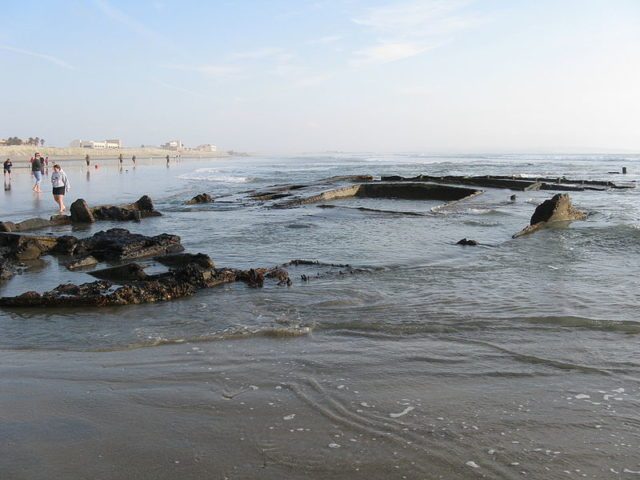
It was the end of an era, but it was also the beginning of a new one for organized crime in America, which regrouped and focused on other things. Many gangsters used the money they made during Prohibition to enter the legal and licensed liquor business, while others focused on prostitution and gambling.
SS Monte Carlo was anchored in international waters just three miles off the coast of Coronado. Alcohol, gambling, and prostitution were illegal, so by anchoring the boat in international waters the criminals avoided U.S. laws during the Prohibition Days. It was not the first nor the last gambling ship on the coast between San Diego and Long Beach, but it was definitely the largest. In the early days, it hosted over 15,000 gamblers a week.
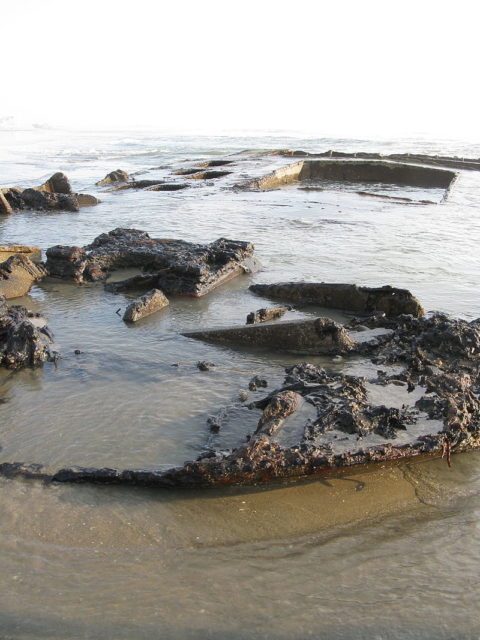
Joe Ditler, executive director of the Coronado Museum of History & Art, has been studying the shipwreck for 30 years. He told NBC San Diego that “in the Prohibition days, the ship was anchored in international waters to avoid U.S. laws. People searching for gambling, prostitution or bootleg whiskey would take smaller boats out to the “sin ship” for a night of revelry.”
“Evangelists throughout San Diego County and Southern California devoted their whole sermons to sin ships, ‘May God let forth His wrath!'” Ditler continues. “When it did break moorings and crashed, they took credit.”
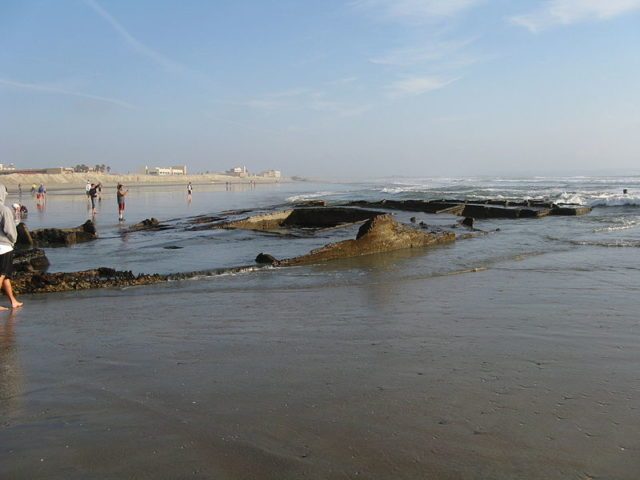
The mobsters sure knew how to make easy money, and they lured guests to visit the SS Monte Carlo by offering them free water taxi rides to the boat and free drinks. It is believed that the notorious gambling ship was making a profit of around $3 million per year (over $52 million in today’s money).
Of course, this could not last forever, and on New Year’s Day 1937, at about 3 o’clock in the morning, a severe storm set the ship adrift and it washed up on South Coronado Beach, where it remains. The El Nino storms removed enough sand that significant remains of the ship became visible.
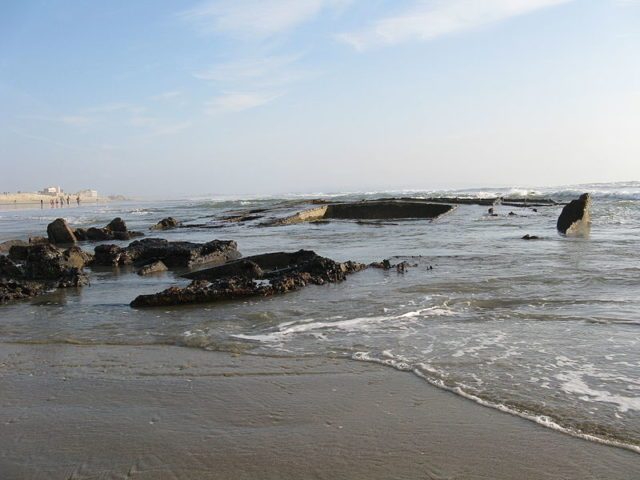
There is a logical explanation of why no one was brave enough to step forward and claim ownership, and that was because the boat was no longer in international waters and it was therefore illegal to operate it.
There are rumors that the SS Monte Carlo might still hold $150,000 worth of gold and silver coins waiting to be retrieved.
